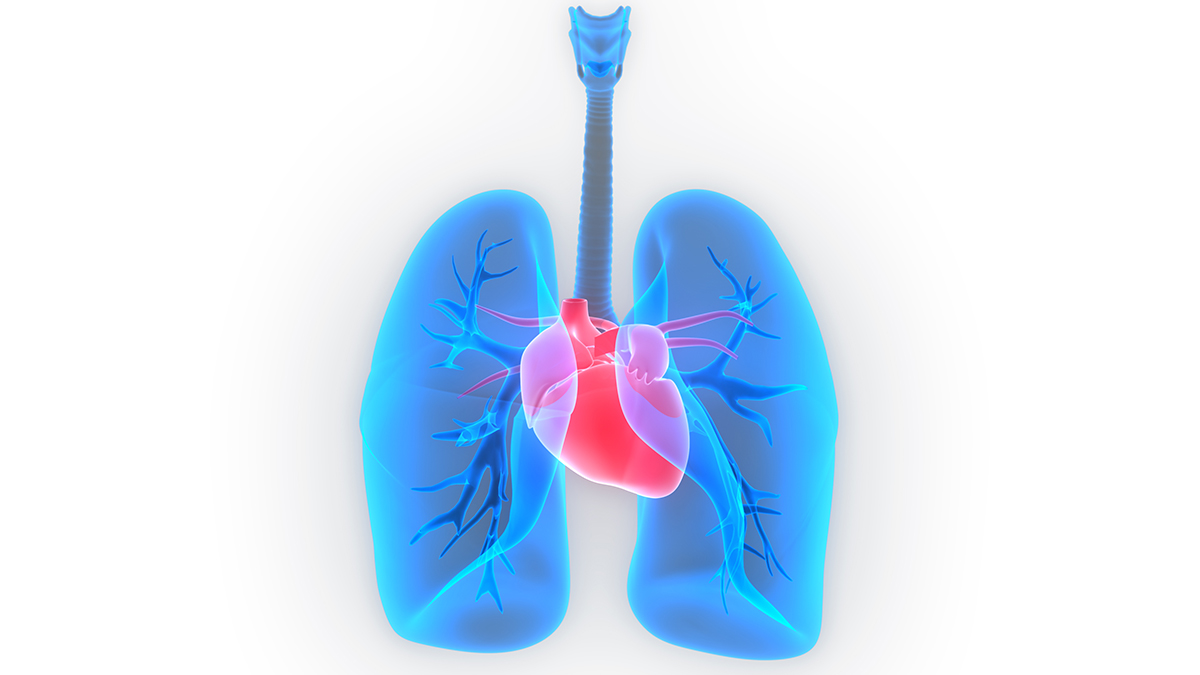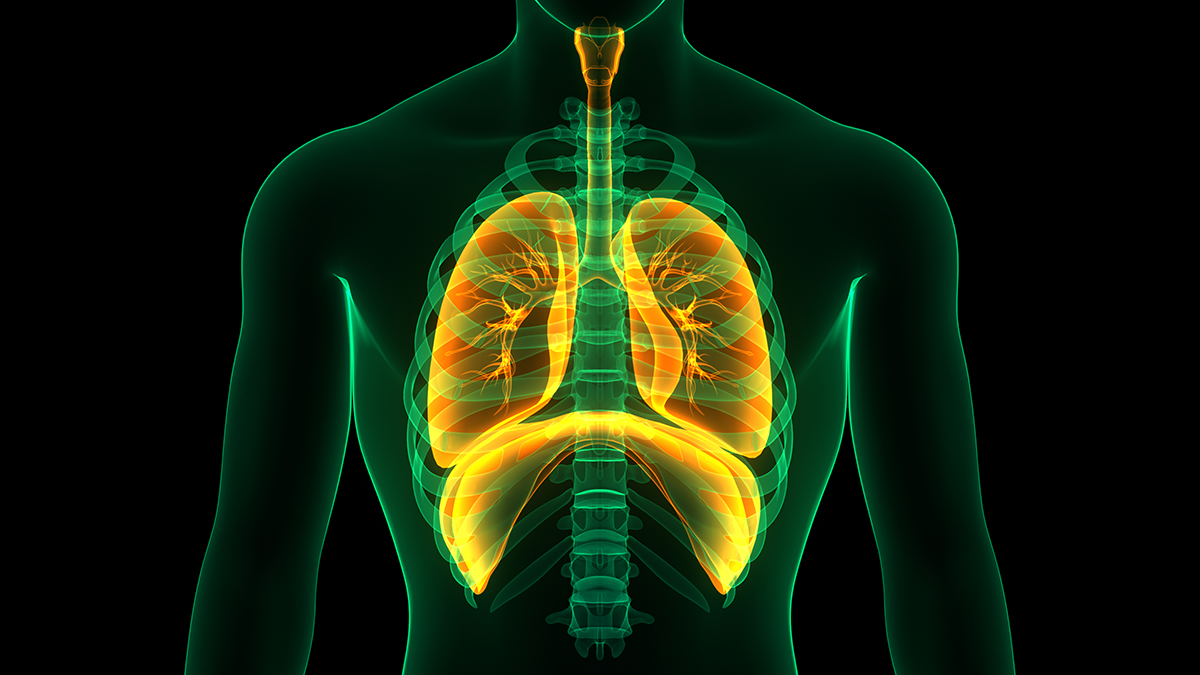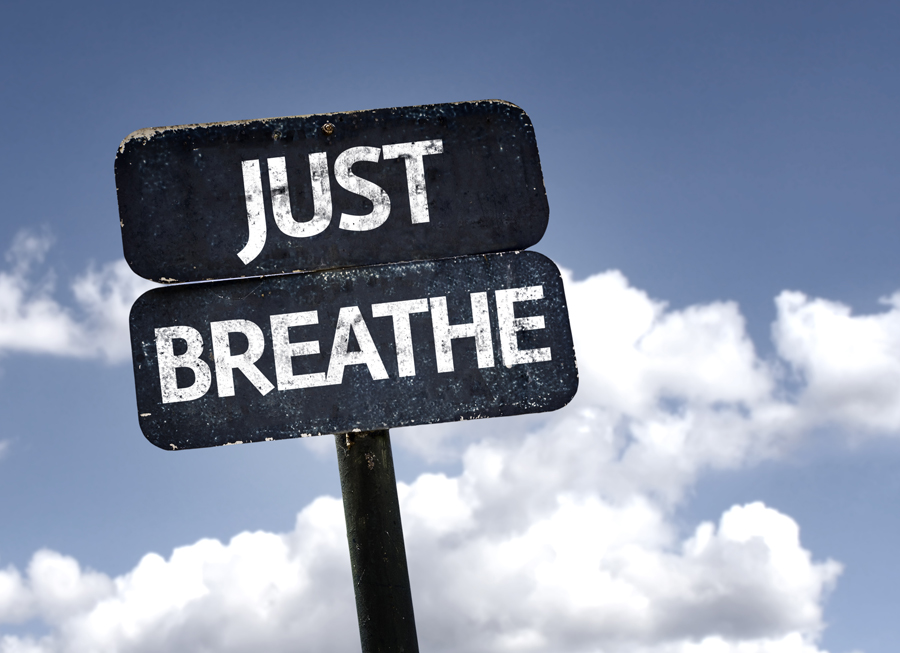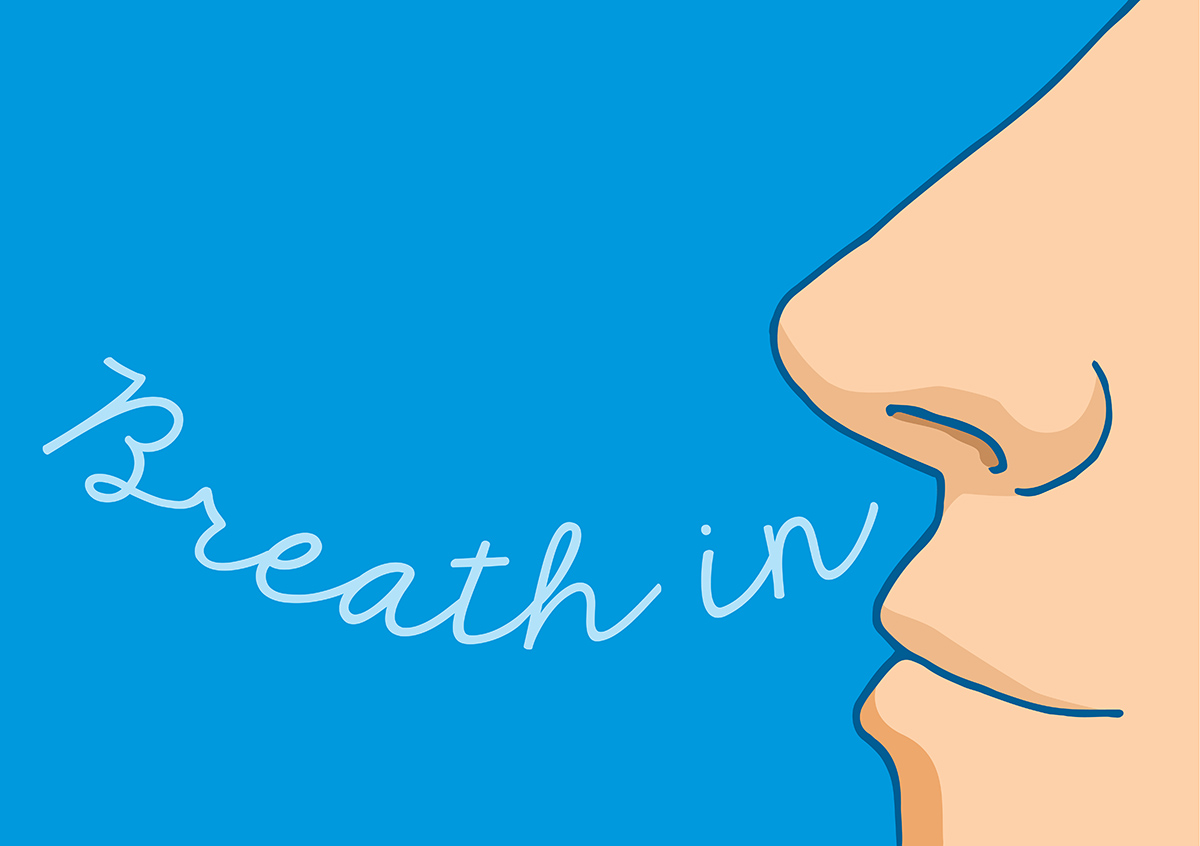Cool Breathing: Why is breathing cool? It keeps us alive!
There are several reasons why breathing is important. First, it’s the key to every human being’s survival to sustain life. Our breathing system supplies oxygen to vital organs of the body so they can function properly and keep us alive. Second, breathing is one means by which we get rid of waste products and toxins from the body.











